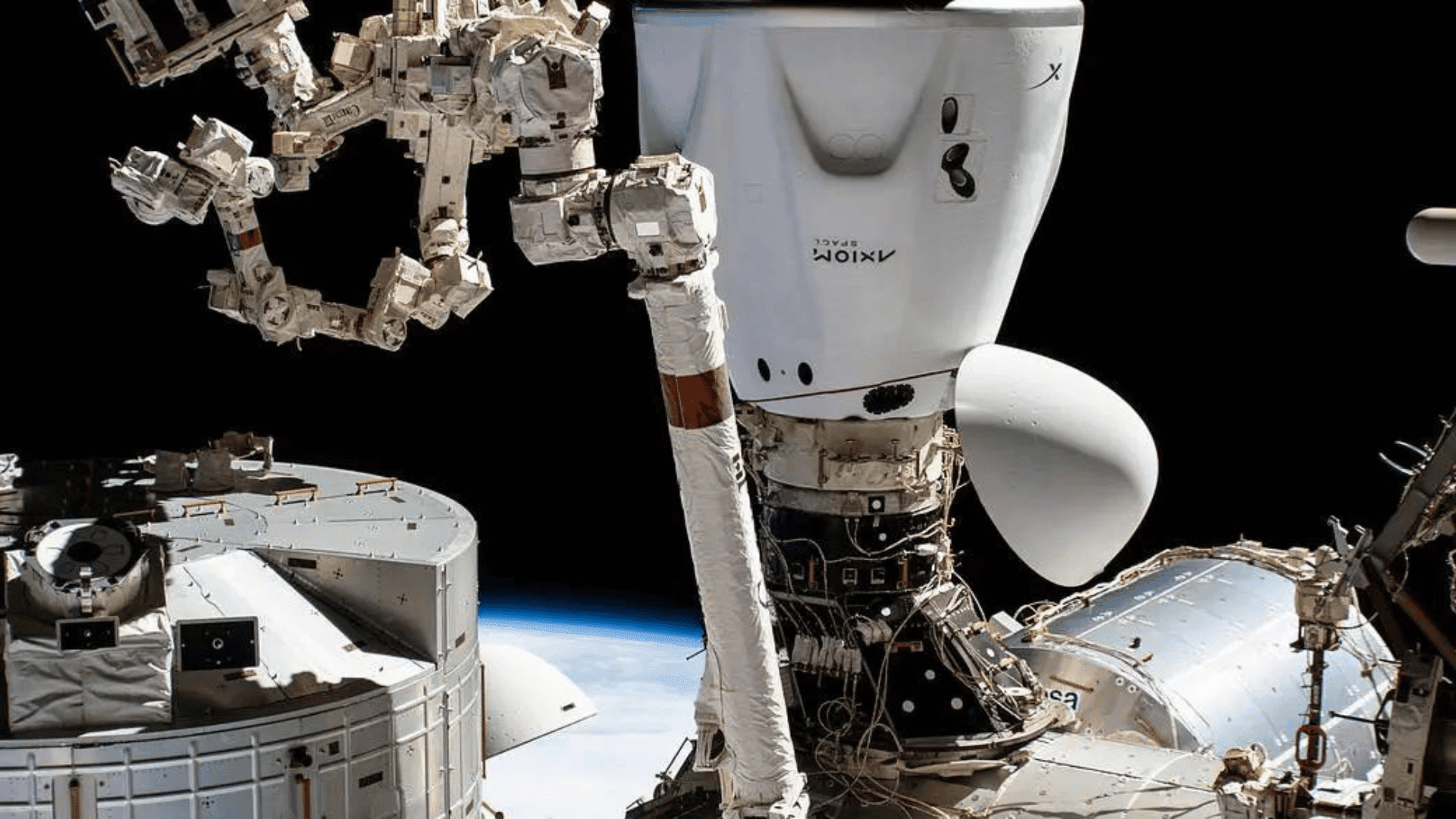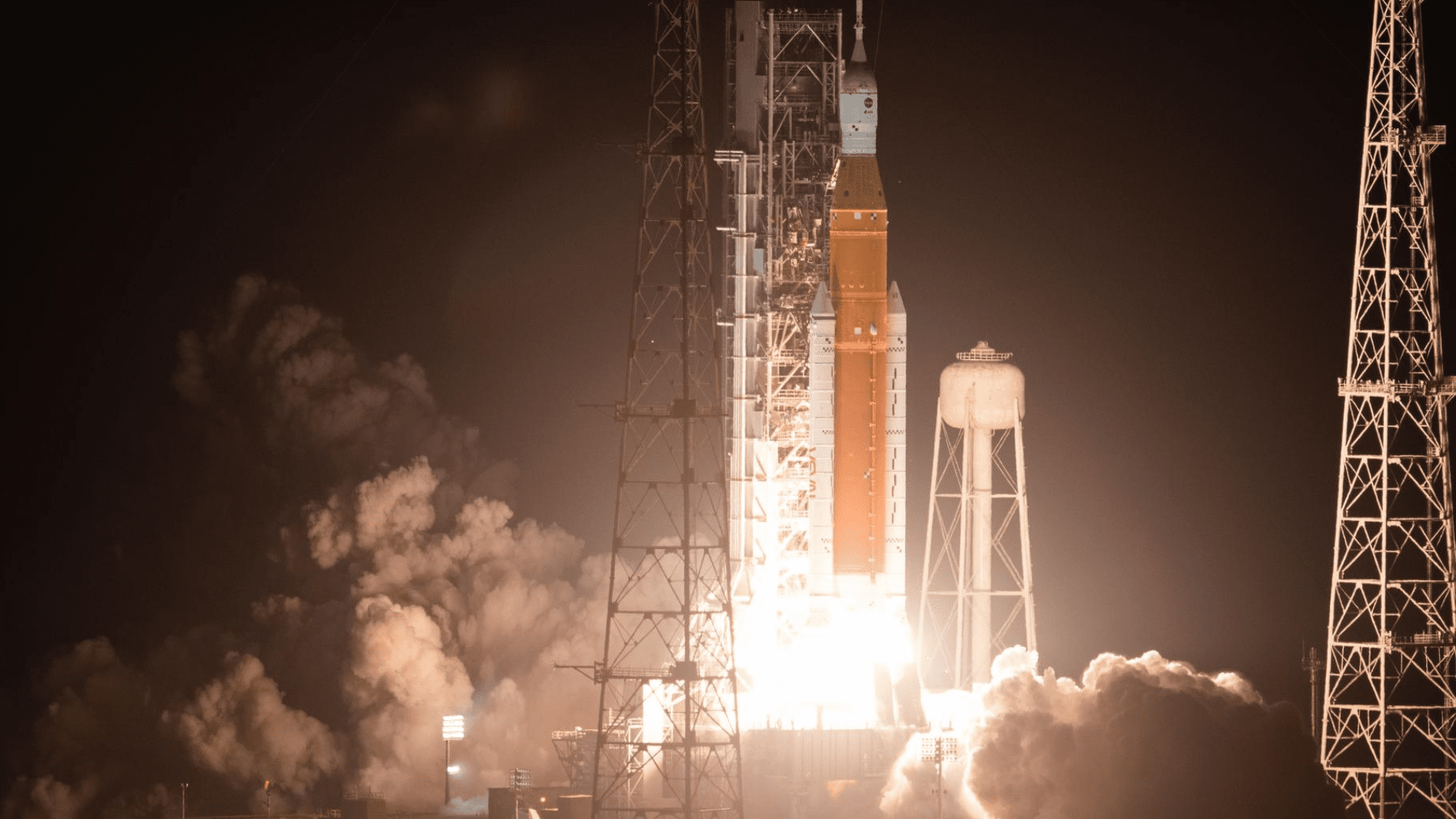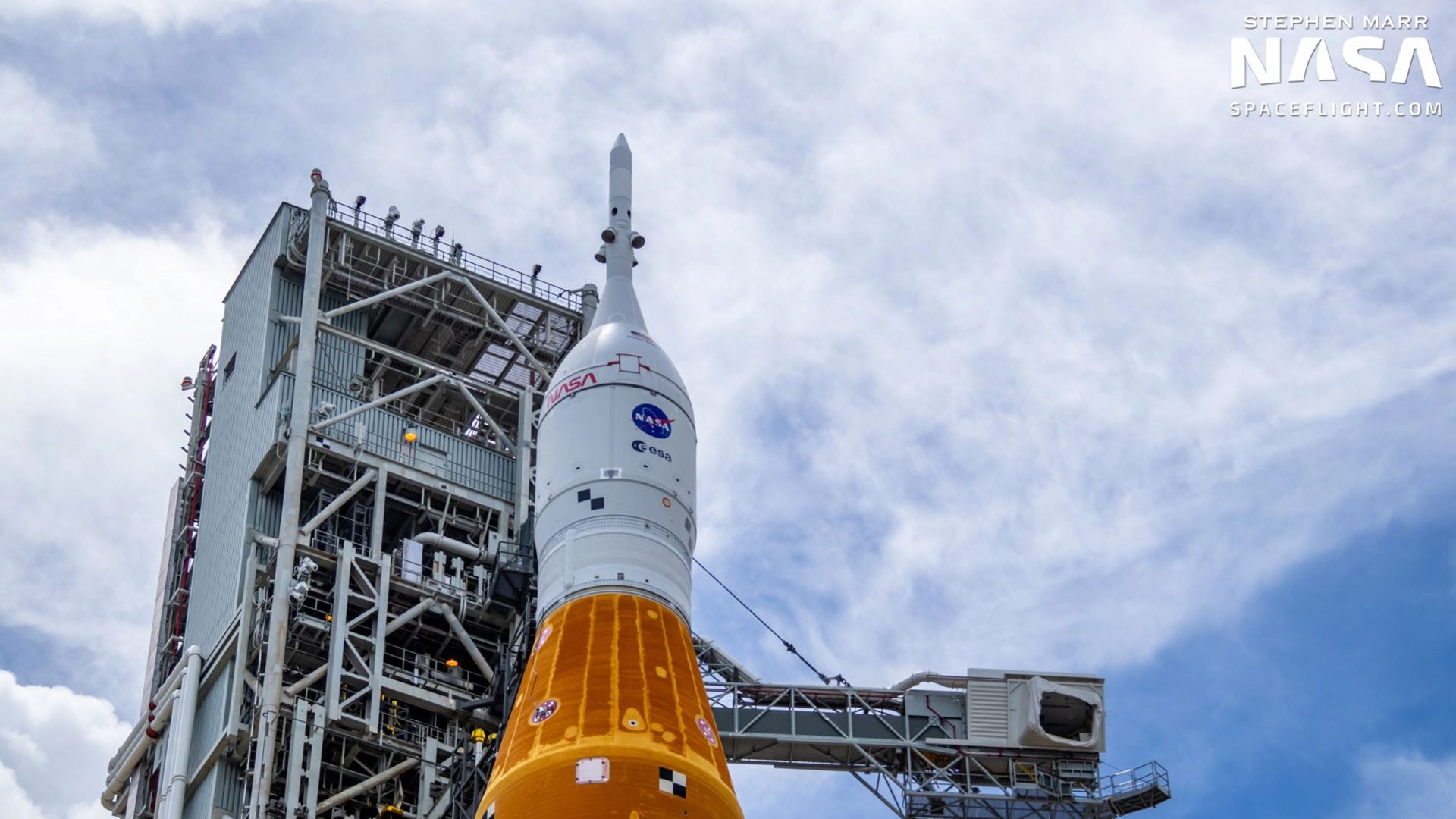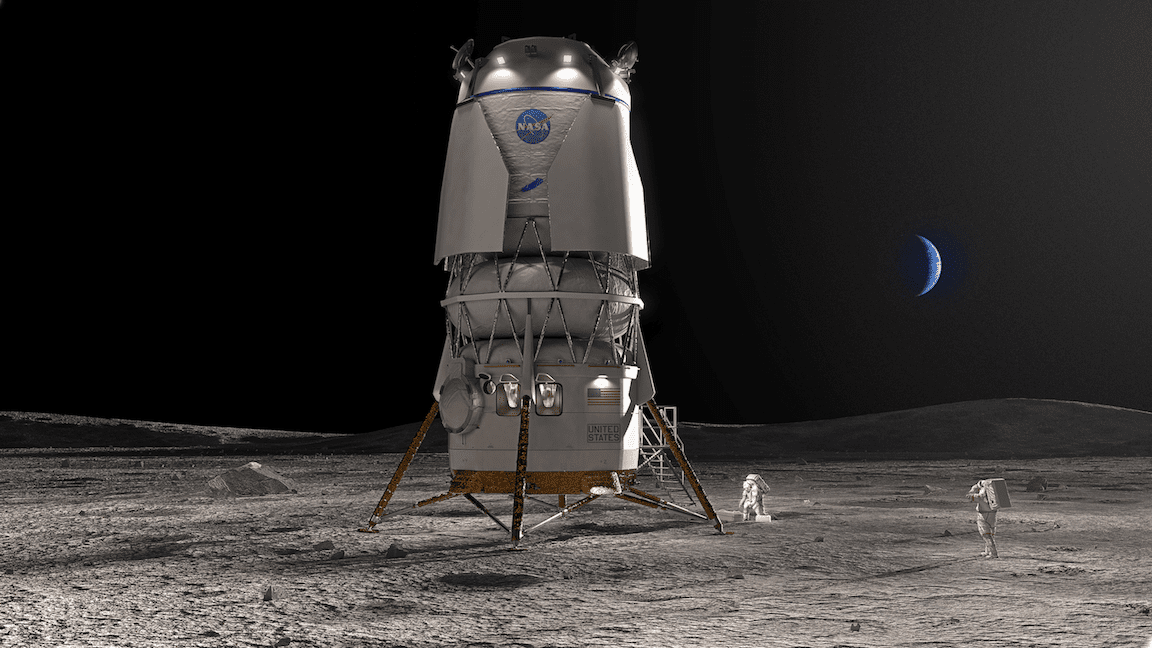A lunar lander on track for the moon is now on its way back to Earth after a failed mission. Astrobotic Technology’s Peregrine lunar lander is forced to make a fiery return to Earth’s atmosphere because of a suspected fuel leak. The Pittsburgh company that manufactured the lander says they think a stuck valve ruptured a tank.
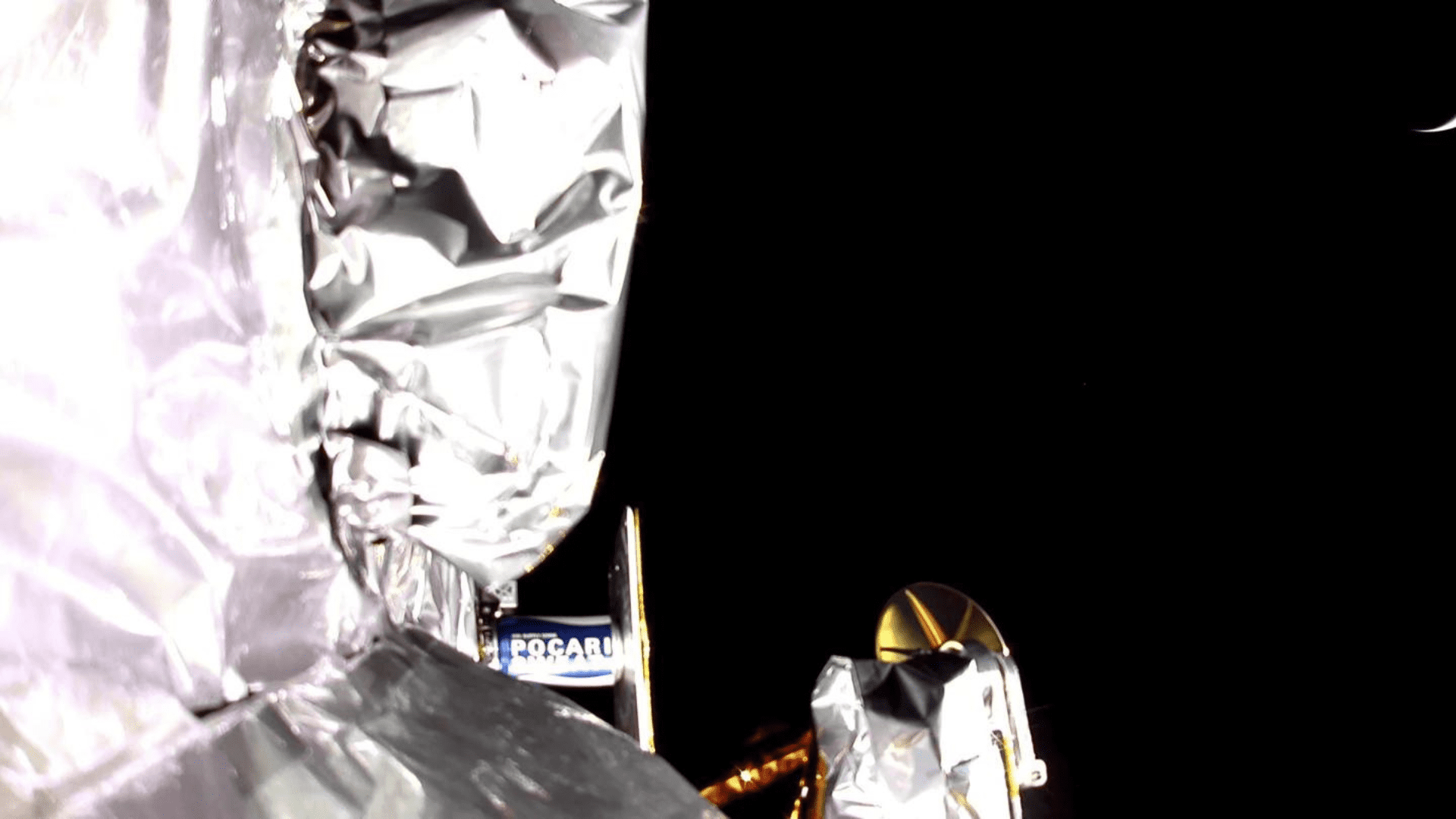
Astrobotic Technology says Peregrine is on its way back but will burn up in the Earth’s atmosphere. The mission is expected to end on Thursday. Peregrine’s lunar landing was supposed to be the first in over 50 years for the U.S. It was one of many space missions to kick off in 2024.
Peregrine is carrying a lunar rover that was manufactured by students at Carnegie Mellon University. Also, the lander is carrying ashes and DNA of 70 people including “Star Trek” creator Gene Roddenberry and science fiction author Arthur C. Clarke. The mission is part of NASA’s Commercial Lunar Payload Services which is an initiative for private companies to bid on space launches or missions.
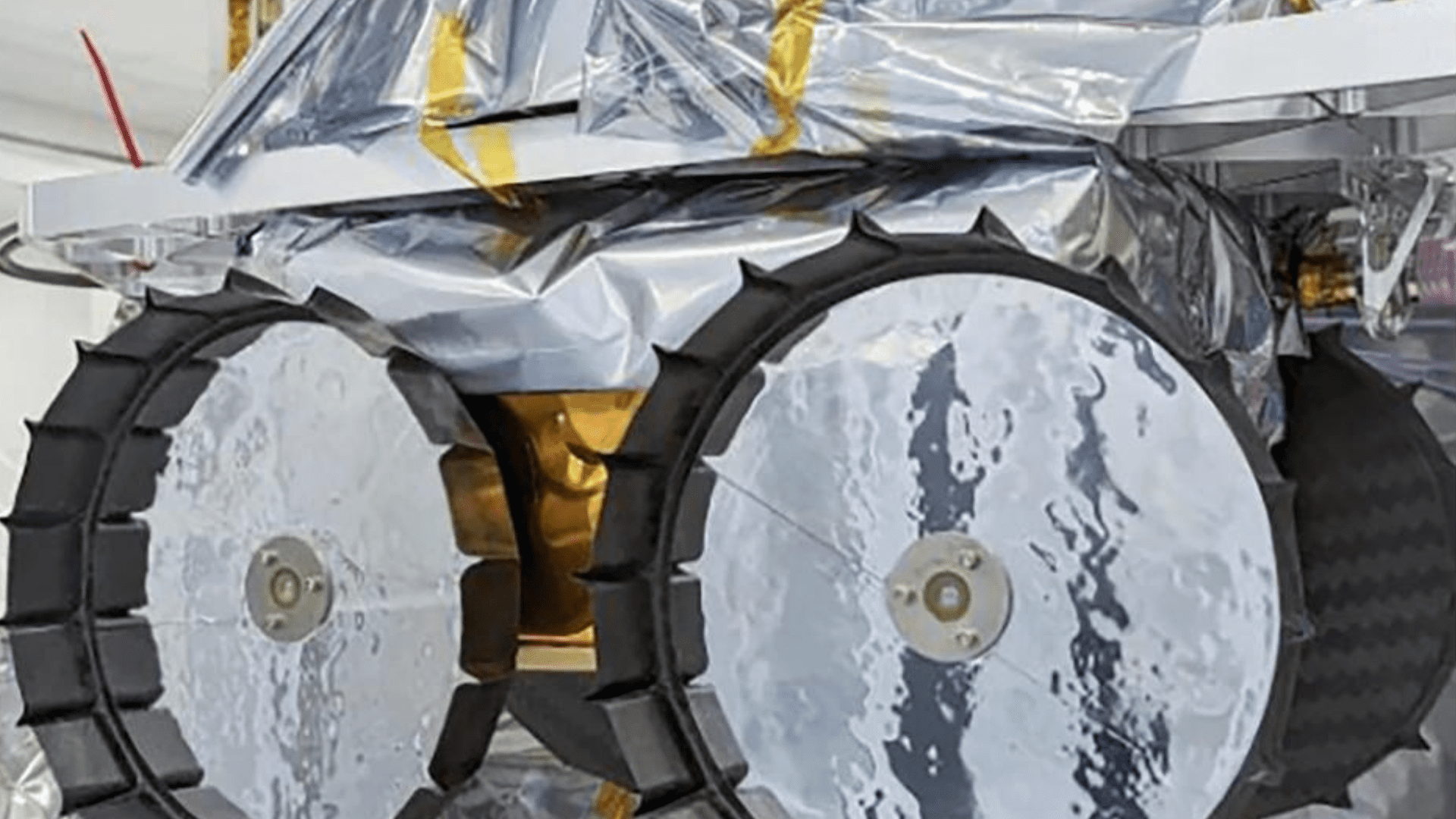
Peregrine Lunar Lander
As Peregrine’s mission to the moon comes to an end, there was a lot of hope for the lander. Peregrine planned to land on the moon at the end of February and to operate for about 10 Earth days. Hours after its launch on January 8, the fuel leak became apparent. In a statement from Astrobotic Technology, the company says, “The propellant leak caused by the anomaly has practically stopped.” Astrobotic’s lander is still on its trajectory toward Earth’s atmosphere. They say the lander is still “responsive, operational, and stable.”
End of Mission
Peregrine is expected to end its mission on Thursday. During its trajectory back to Earth, it will burn up in Earth’s atmosphere. Astrobotic Technology says it’s a difficult decision to end the mission but it’s the right one. Because it’s a fiery end in Earth’s orbit, NASA and Astrobotic Technology are working together to find the best way to end the mission. The company says it shouldn’t pose a safety risk during the reentry to the atmosphere.
As the mission comes to a close, Astrobotic Technology does not want to put any satellites in Earth’s atmosphere in danger or create a hazard for future space travel to the moon.
Future Moon Missions
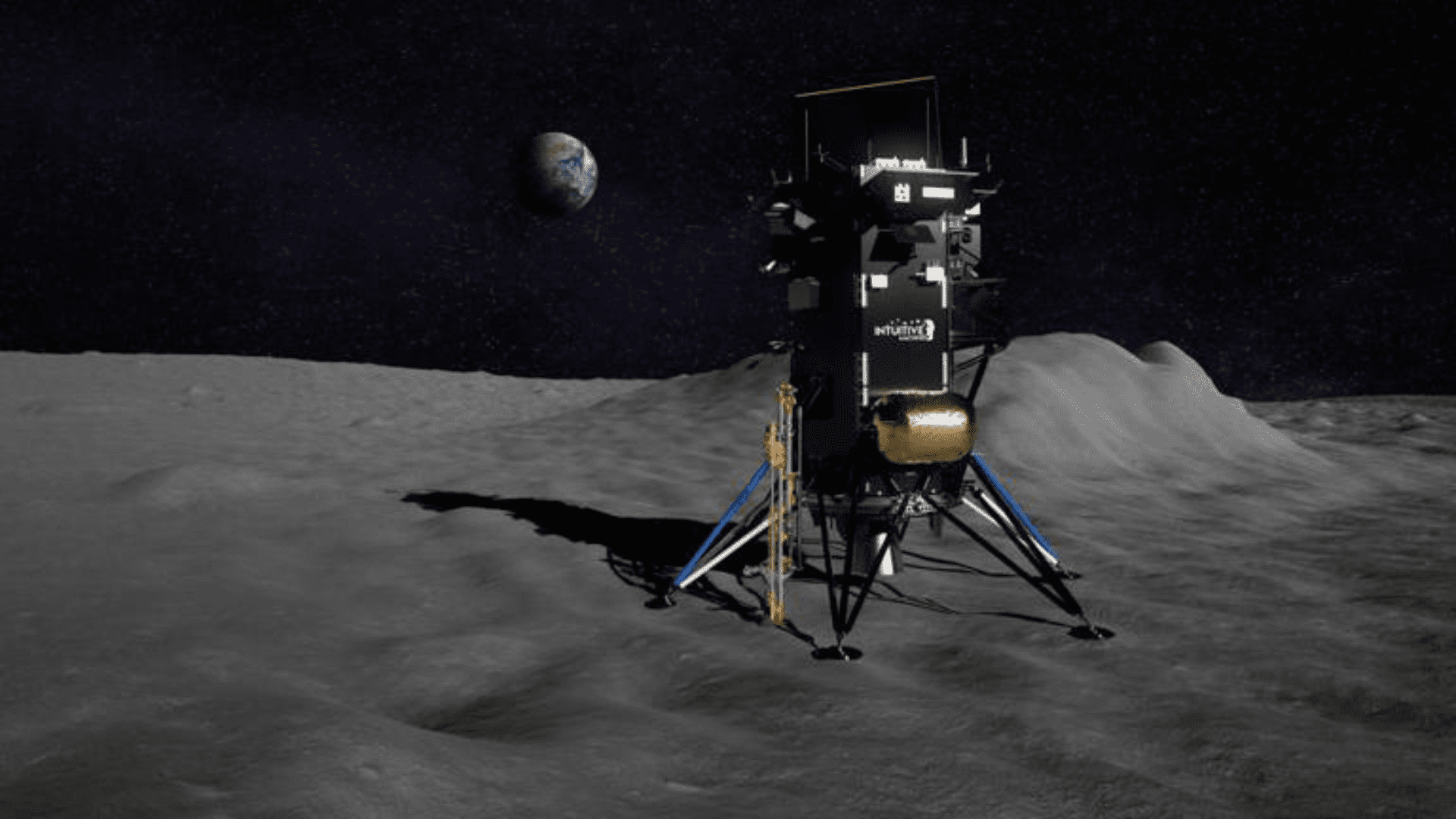
The Texas-based company Intuitive Machines is sending their Nova-C lunar lander to the moon no earlier than February. This mission is also part of the Commercial Lunar Payload Service. Nova-C’s adventure to the moon is the first attempt from Intuitive Machines.



